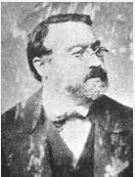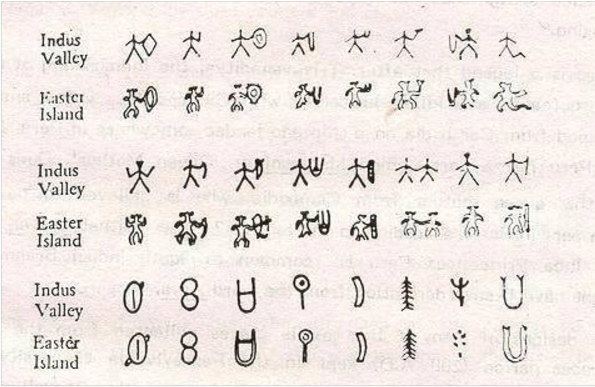These are the major dialects of Sindhi Language. The language is the same but their is a slight difference in words or way of speaking. Their are several other dialects of Sindhi language too (like Memoni) but they are not spoken by a big population.
Futher information about the Dialects:
1. Laasi – It is spoken by around 1 million people in Parts of Lasbela, Balochistan and Sindh.
2. Larri – It is spoken by over 2 million people, in Thatto, Sujawal and Tando.
3. Kutchhi, it is spoken by around 2 million people in Pakistan and 2 million in India too. Their is a hug Kutchhi population in Karachi, Sindh. The language bears more grammatical similarity with Sindhi and lexical similarity with Gujarati.
4. Thari or Thareli or (Ddaaddki): it is language of the people of Thar. Spoken on both side of border by over 6-7 million. It is a bit influenced by Rajasthani languages.
5. Vicholi: It is spoken by a huge population of Sindhis. It is spoken mostly in Hyderabad region. Over 11 million people speak this dialect.
6. Siroli: It is spoken by a large Number of people in Upper Sindh, Larkano and Sukkur region, but also in parts of Balochistan and RahimYarKhan (Punjab). It is influenced by Seraiki. It is spoke by over 11 million people. In Balochistan it is known as Firaqi Sindhi, with around 1 million speakers.
* In Karachi the situation is different and Sindhi is more influenced by Urdu, and all dialects mix up. While in rural Karachi people usually speak Laasi or Larri. The total number of Sindhi speakers worldwide is impossible to know as Census of Pakistan and India are politically influenced. According to famous Pakistani demographers the population of Sindh is usually 15-20% shown lesser than it actually is. The total number of Sindhis worldwide is over 40 million, out of which 80% live in Sindh, Pakistan. All the Memon’s and even those that came in 1947 are actually Sindhis by ancestry, their origin is from Thatto. Sindhis in India make up around 6-7 million of the population and while Sindhis in other countries make up around 1.5 million to 2 million, out of which 60% are Indian, and remaining Pakistani Diaspora, but the Pakistani Sindhi diaspora is growing at a faster rate*
Courtesy: Source of above material: Explore the Beauty of Sindh
– – – – –
Other than that there are some more branches of the Dialects of Sindhi language
1- Lahinda لهندا معنا اولهندي واري زبان
2- Saraiki/ Jatki سرائڪي يا جتڪي
3- Kaytranni ڪيتراڻي جا لهندا سان مشابهت رکي ٿي
4- Ubhee اُڀي
5- Thareli/ ddaddki ٿريلي يا ڍاڍڪي
6- Mokakee موڪاڪي
7- Lorree chienee لوڙي چيني
8- Jadghhalee جدغالي
Reference: Janat-ul-Sindh book ريفرينس جنت السنڌ ڪتاب
Source: https://iaob.wordpress.com/2016/05/02/dialects-of-sindhi-language/




